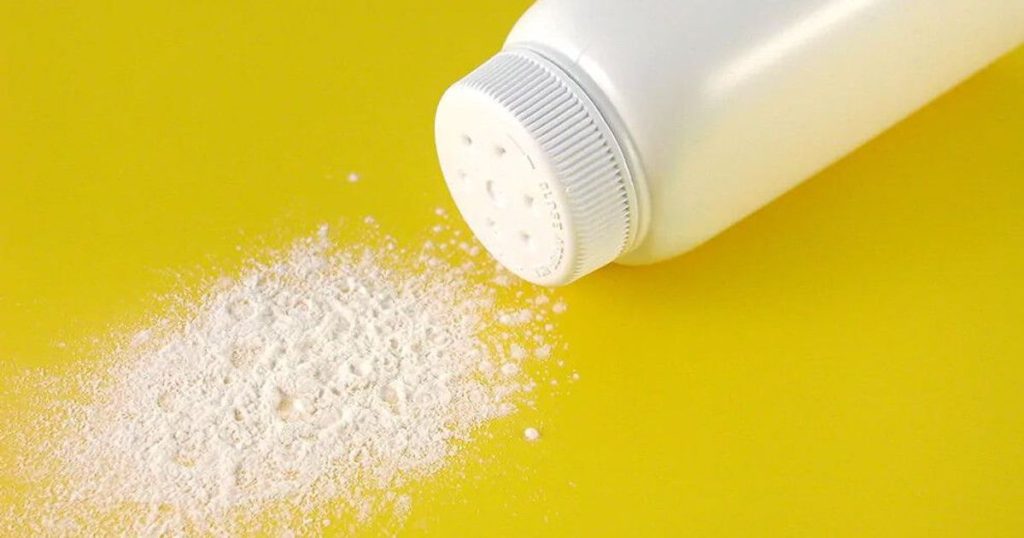Do you know the 4 degrees of talcum powder?

As a plastic filler, talcum powder can not only save the use of resin, but also significantly improve the physical properties of the product and play a reinforcing role. Talc powder with sufficient fineness can significantly improve the stiffness, impact strength, creep resistance, hardness, surface scratch resistance, heat resistance and heat deformation temperature of the product.
When choosing talc, at least the “four degrees” of talc itself should be considered, namely: purity, whiteness, flakeness and fineness. Generally speaking, in order to evaluate the quality of talc products, at least the above four factors should be considered.
Purity
Purity refers to the talc content of the product. Talc contains impurities in nature and industrial production, and it is impossible for 100% pure talc products to exist in industry. Undoubtedly, the higher the purity of talc powder, the better the reinforcing effect. Some impurities in talc powder not only reduce the purity of talc powder, but also have a significant impact on the performance of the final product.
Whiteness
There are two types of whiteness in the talc industry: narrow whiteness and broad whiteness. Narrow whiteness is a general definition of whiteness, which can be expressed by blue light whiteness R457, Y, L*, Ganz whiteness and Hunter whiteness. Broad whiteness includes dry whiteness, wet whiteness and hue. The so-called wet whiteness is the whiteness measured after adding an appropriate amount of DMP (dimethyl phthalate) to talc powder.
For the same raw materials, the finer the particle size, the higher the whiteness. The higher the moisture content, the lower the whiteness. Although whiteness has no effect on the physical properties of the product, it is very important to maintain the purity of the color for light-colored products.
Flakes
The significant reinforcing effect of talcum powder on plastic products mainly comes from its unique micro-flaky structure. The more complete the flaky structure of talcum powder, the more obvious its reinforcing effect. The two main factors affecting the flake of the product are: the purity of talcum powder and the processing technology of powder.
Impurities in talcum powder do not have a flaky structure. The purer the talcum powder, the fewer impurities and the better the flaky structure. In the process of micronizing the product, the flaky structure of the product is maintained differently when different methods are used. Improper methods and operating conditions may even destroy its flaky structure.
Fineness
Micronization is the development trend of talcum products. The finer the product, the better the reinforcing effect. At the same time, the surface energy of the particles increases, it is easy to agglomerate, difficult to disperse, and expensive. Therefore, we need to choose products with appropriate fineness according to our own technical level and actual needs, not the finer the better.
The evaluation of the particle size of a talc product cannot be based on the average fineness alone. There are at least two indicators to evaluate the quality of a product: D50 and D100 (or D98).
As products become finer and finer, people have higher requirements for the microscopic shape and particle size distribution of fine talc after crushing. The main indicator for evaluating particle size distribution has shifted from D50 to D97, D98 and now D100. At the same time, the reproducibility of particle size distribution is more stringent. When evaluating a product, its average particle size must not only meet the requirements, but more importantly, the particle size distribution should be as narrow as possible, with as few large particles as possible.
The product should strive to achieve the same particle size distribution for each batch, which is very difficult in production practice. In high-end talc products, controlling particle size distribution, especially the number of coarse particles, is a very critical technology, which requires both high-efficiency, high-precision, and reliable grading equipment and rich operating experience and equipment maintenance capabilities. There are only 6-7 companies in China that have mastered relatively mature particle size control technology.
Particle size distribution can be measured by a particle size distribution instrument, including laser method and sedimentation method. However, in production practice, screening method is mostly used to detect the amount of coarse particles.
It is worth noting that talcum powder has a large specific surface area and a small volume density due to its own flaky structure. The volume density of 325 mesh talcum powder is 0.8-0.9g/cm3, while 1250 mesh talcum powder has dropped to 0.25-0.3g/cm3, and 4000 mesh is only about 0.12g/cm3. This causes serious dust pollution during use, difficulty in mixing, increased costs, and reduced yields. In addition, the freight cost of long-distance supply is quite high.
